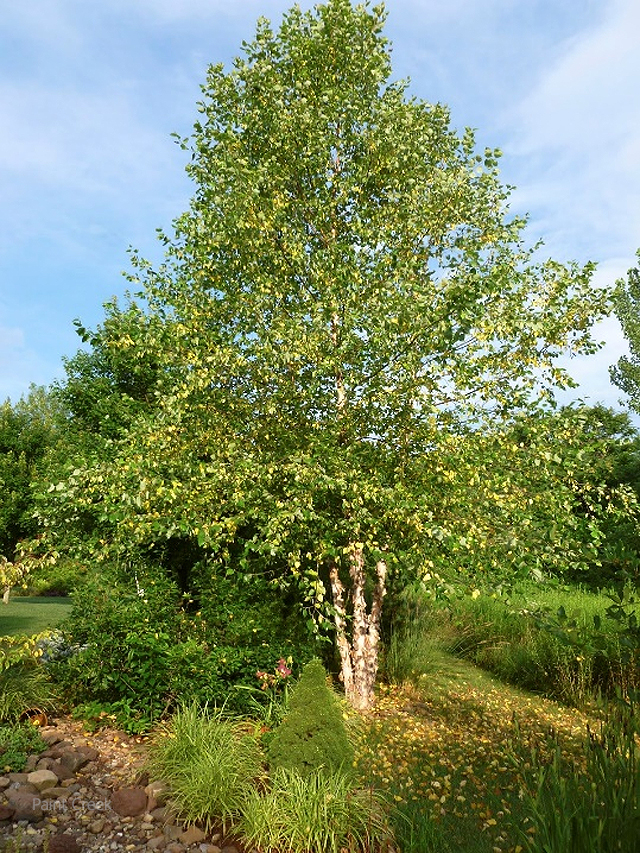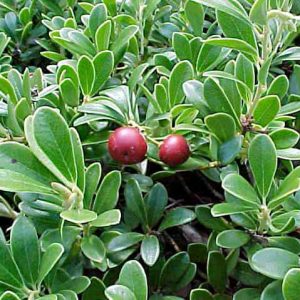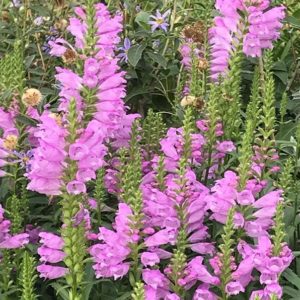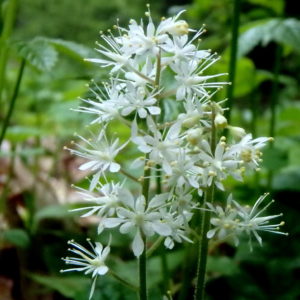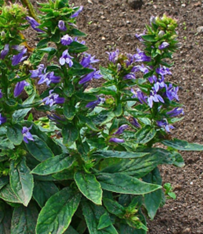River Birch (Betula nigra)
$42.00
PLANT INFORMATION
Plant Size: 2 Gallon pot
Name: River Birch – Betula nigra
Type: Tree
As its name suggests, the River Birch naturally grows along riverbanks. But as a landscape tree, it can be planted almost anywhere in the U.S. The species is valued for its relatively rapid growth, tolerance of wetness and some drought, unique curling bark, and spreading limbs.
DISEASE, PEST AND DEER RESISTANCE
They are resistant to many common pests and diseases, so you can enjoy their beauty without worrying about constant upkeep. It is the most borer-resistant birch
SITE CONSIDERATIONS
While it prefers a damp environment, it can grow on higher land as well. It is often selected as an ornamental tree in the landscape for its beautiful exfoliating bark and multi-stemmed trunk. River birch trees also grow relatively fast, which makes them an attractive option for those looking to add a bit of height and shade to their landscape.
Value to Wildlife and Insects
River Birch brings exceptional wildlife value to the landscape – it hosts hundreds of species of caterpillars and moths, such as the Mourning Cloak Butterfly and the majestic Luna Moth (both pictured above). Birds will feed on the seeds of the birch tree as well as various caterpillars. Woodpeckers and Nuthatches will search the loose bark for insects. The catkins of the River Birch are used by redpolls and pine siskins. The foliage is eaten by deer and other browsers. The small but plentiful seeds are appreciated by a wide range of songbirds. Planting river birch trees would most certainly be a helpful service to nature.
ADDITIONAL FACTS UNIQUE TO THE SPECIES (IF ANY)
River birch wood was once used for ox yokes, wooden shoes and other products around the farm. But they were rather distained by loggers as knotty and spindly, therefore often left to grow along the river bank to control erosion.
- Provides brilliant yellow fall color
- Develops a cinnamon-colored bark that curls and peels (once mature)
Availability: 4 in stock

